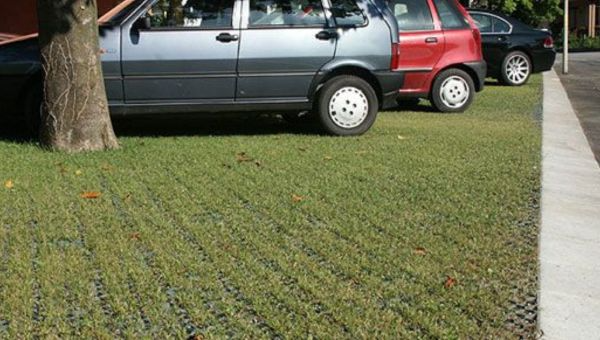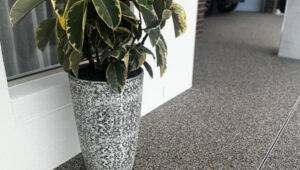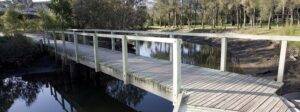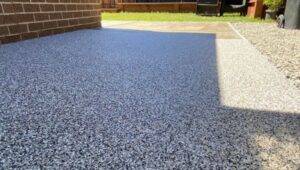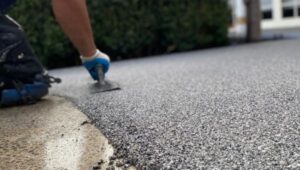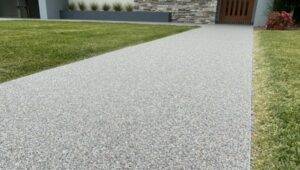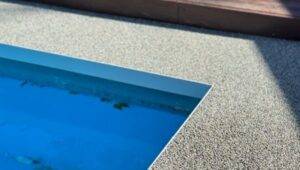Cities are constantly expanding and diversifying, necessitating innovative approaches that tackle environmental concerns. Traditional pavement methods play a pivotal role in this equation –
while integral parts of urban infrastructure, traditional pavement usage increases environmental concerns due to multiple issues related to conventional paving usage – so its effect cannot be ignored.
Green paving offers hope in an uncertain world by offering both environmental and aesthetic advantages to urban environments. By employing eco-friendly materials and techniques, this practice strives to raise living standards as well as the quality of life overall in cities.
This dialogue explores the complexity of urban planning and how pavement affects our environment. Negative effects associated with conventional paving techniques will be identified; urgent changes needed will be discussed; before green paving’s potential role in supporting environmental stewardship, urban revitalization, and creating sustainable futures will be honored and celebrated. Join us as we discover why sustainable paving methods help create greener futures! We invite you to discover their role for ourselves!
Understanding Impact Analysis:
Urban Heat Islands (UHIs) refer to areas in cities which experience significantly increased temperatures due to human activities and built environments, specifically asphalt pavement absorbing and retaining heat to contribute to elevated temperatures in urban environments. Furthermore, dense concentrations of buildings, roads, and infrastructure absorb solar radiation during the day before emitting it back out again at night for release later resulting in heat retention leading to extreme temperatures in densely populated regions.
Consequences of Stormwater Runoff:
Stormwater runoff occurs when rainwater flows directly over impermeable surfaces such as roads, parking lots and sidewalks rather than slowly seeping into the soil as raindrops fall, such as roads or parking lots. Instead of infiltrating into our water sources through infiltrator systems such as drainage channels – rapid runoff can overwhelm drainage systems leading to flooding, erosion and pollution of our sources; such surfaces prevent natural water filtering processes that filter pollutants such as oil debris chemicals into rivers thereby polluting ecosystems and endangering aquatic life.
Pollutant-Resistant Paving Techniques:
Conventional paving materials like asphalt and concrete contribute significantly to environmental pollution during their production and installation processes, by producing emissions with toxic pollutants such as volatile organic compounds (VOCs) that pollute air quality as well as contribute to respiratory illness issues; furthermore leaching of heavy metals or hydrocarbons poses health threats both to people as well as environmental sustainability.
Definition and Principles of Green Paving: “Wild Paving: A Definition and Overview.”
Green Paving refers to environmentally sustainable practices that prioritize environmental stewardship, permeability and ecological benefits over infrastructure needs. As opposed to conventional paving methods which only address infrastructure requirements, green paving uses eco-friendly materials and strategies designed to mitigate environmental impacts while simultaneously strengthening urban resilience. Through adhering to principles such as heat absorption reduction, stormwater management management, biodiversity promotion etc it seeks to minimize ecological footprint while optimizing benefits derived from urban development projects.
Evolution of Green Paving Technologies:
Green Paving technologies have evolved rapidly over time with innovative materials and techniques designed to increase permeability and ecological functionality. Permeable pavers, porous asphalt, and vegetated paver systems (grass pavers or green roofs) allow rainwater to infiltrate into the ground without increasing stormwater runoff pressure – relieving pressure from drainage systems while vegetated systems such as grass pavers or green roofs integrate vegetation directly onto their surfaces, offering additional benefits such as habitat creation, carbon sequestration, and improved air quality. Furthermore, advances in construction methods and engineering practices have spread green paving solutions throughout urban landscapes worldwide.
Benefits of Green Paving Solutions: Green paving offers numerous advantages that counter the negative aspects of traditional pavement systems while simultaneously increasing environmental sustainability. Green paving plays a pivotal role in mitigating urban heat islands by absorbing less heat; providing residents with cooler and more enjoyable urban environments. The permeability of green paving materials allows them to serve as natural stormwater management methods, reducing flooding risks while filtering pollutants out. Green paving technology contributes to ecosystem health by providing habitat for wildlife, increasing biodiversity and maintaining ecological equilibrium within urban environments. Adopting green paving technologies provides an efficient means of urban development that prioritizes environmental well-being while simultaneously protecting community wellbeing.
Urban Environmental Benefits:
Green Paving’s Cooling Effects in Urban Spaces: Green paving’s cooling effects play an integral part in mitigating urban heat island effects and creating more welcoming urban settings, both for residents and visitors. Green pavement can help mitigate urban heat islands while simultaneously creating welcoming urban spaces by reflecting sunlight outward and permitting evapotranspiration. Green Paving provides an efficient method to combat urban heat islands while simultaneously creating inviting urban spaces. Stormwater runoff management professionals specialize in expertly managing it with permeable surfaces like permeable pavers or porous asphalt which enable rainwater to seep into the earth naturally and be naturally absorbed through natural absorption processes. Drainage systems benefit immensely from green paving’s environmental advantages; flooding risks decrease while erosion risks decline while simultaneously increasing aquatic ecology while safeguarding water quality. Green Paving: Environmental Benefits. Green paving utilizes recycled glass bottles and natural aggregates in its manufacturing to lower pollution during both its creation and usage processes, offering numerous environmental advantages over conventional alternatives.
Enhancing Urban Aesthetics:
Integration With Landscaping: Green paving stands out among urban spaces due to its seamless integration with landscaping elements, elevating visual appeal and enriching urban environments. Green paving surfaces combine beautifully with vegetation such as grass, shrubs, or trees to create gorgeous green spaces – perfect for parks, plazas, or streetscapes alike! Additionally, this surface provides functional benefits like erosion control, habitat creation, and biodiversity preservation while contributing to nature’s beauty and conservation efforts.
Green paving provides unparalleled design flexibility, enabling designers to craft intricate patterns, textures, and color schemes to complement existing architectural styles and landscape features. Ranging from intricate mosaic designs to bold geometric patterns, green paving enables designers to express their creativity while turning ordinary streetscapings into vibrant urban landscapes – providing endless customization and expression opportunities!
Community Engagement:
Green paving projects have the power to create an emotional investment among residents by engaging their neighborhood in beautifying it through active contribution. Engaging community members in planning, designing, and implementing green paving initiatives gives residents ownership over their environment while contributing to creating more livable, sustainable communities. Involvement also serves as an educational opportunity that promotes environmental issues while inspiring sustainable lifestyle choices among both current residents and future generations.
Conclusion:
Cities face increasing environmental challenges from urbanization; green paving practices provide an effective means of improving environmental sustainability and increasing urban resilience. Cities can foster healthier urban environments for current and future generations by harnessing the cooling effects of green paving, properly managing stormwater runoff, and limiting air and water pollution. Integrating green paving practices into landscaping projects, accepting design flexibility, and encouraging community participation are three effective strategies cities can employ to increase aesthetic appeal while inspiring pride among their residents. Let us prioritize green paving practices as integral parts of urban development projects for more sustainable and vibrant cities of tomorrow.

